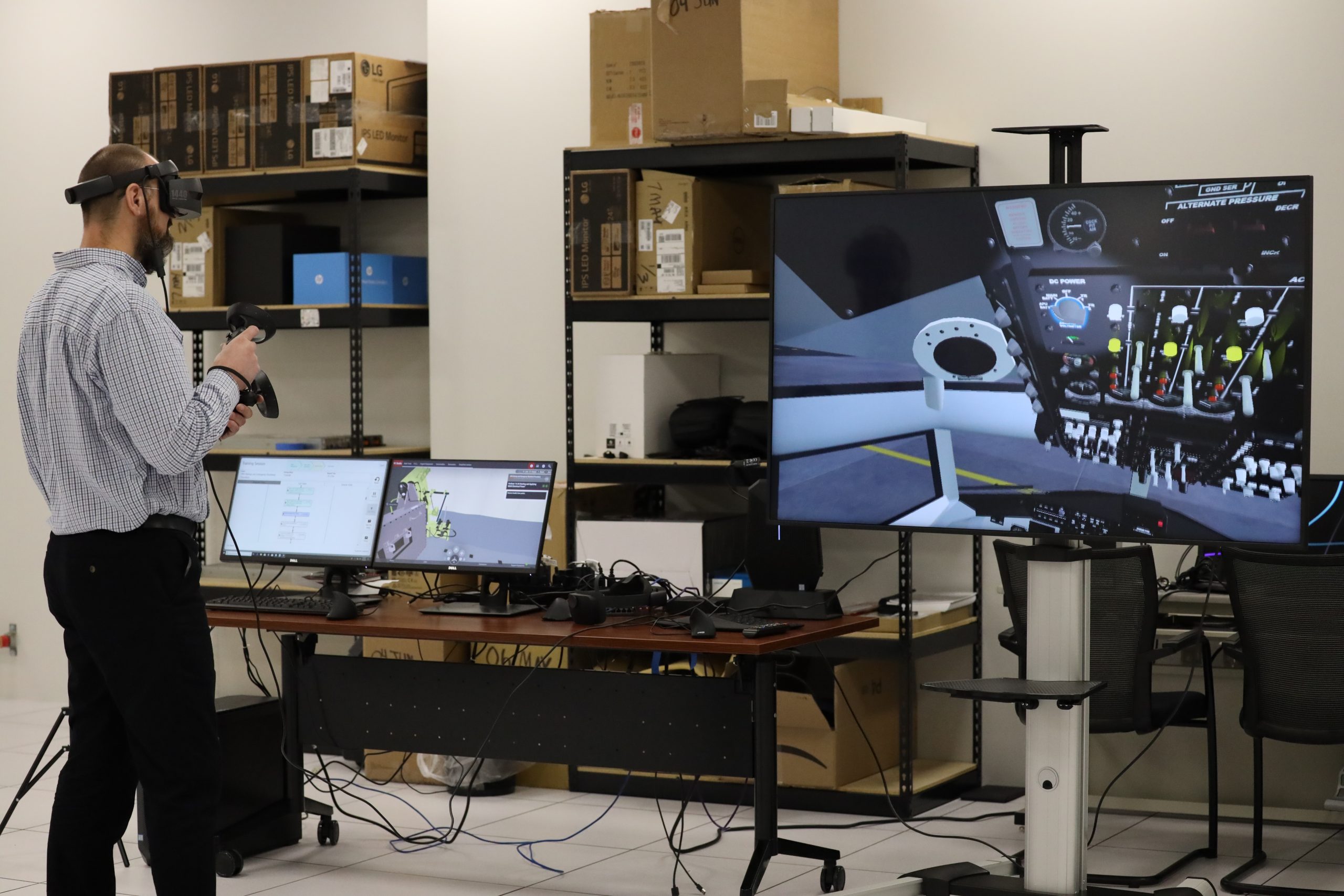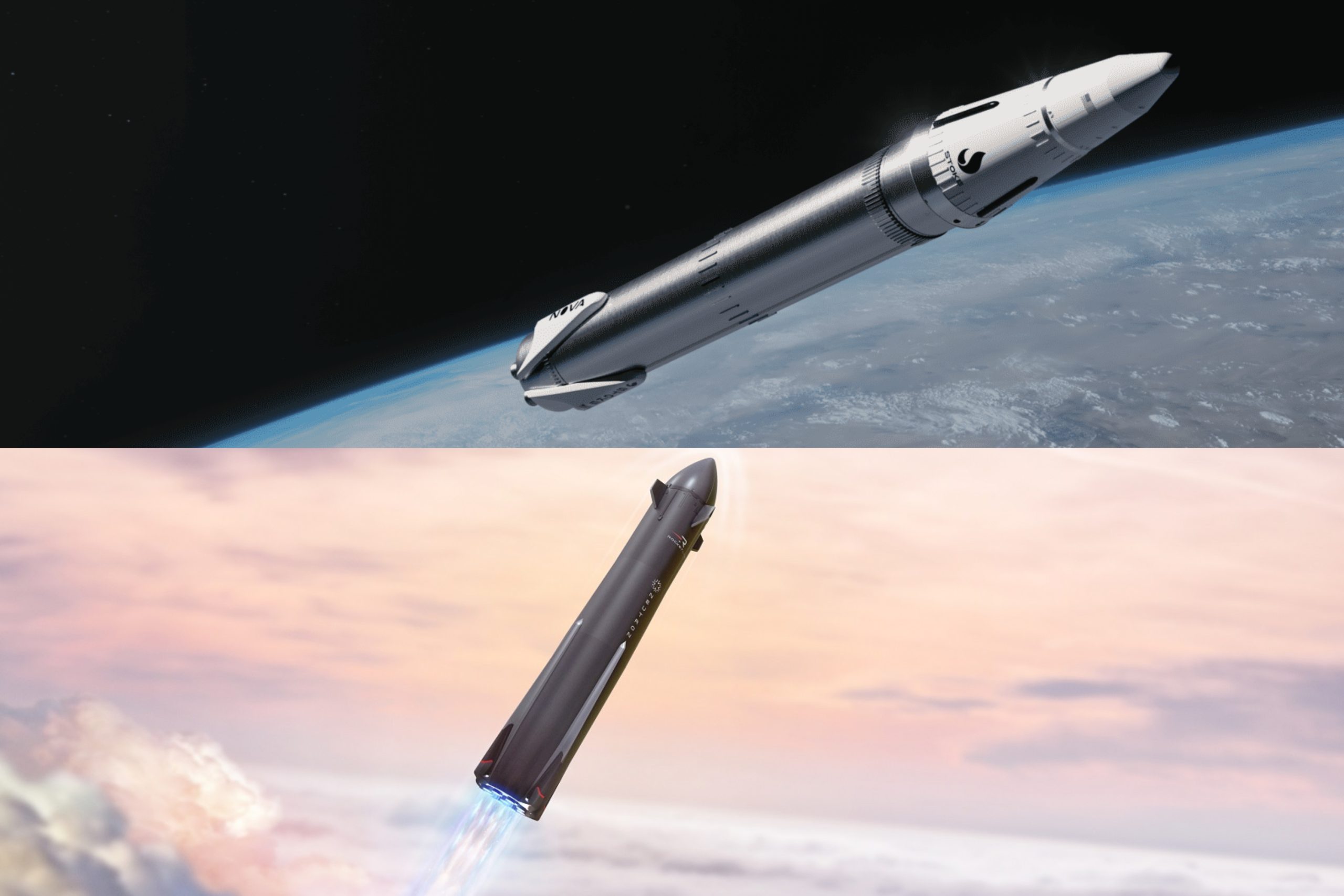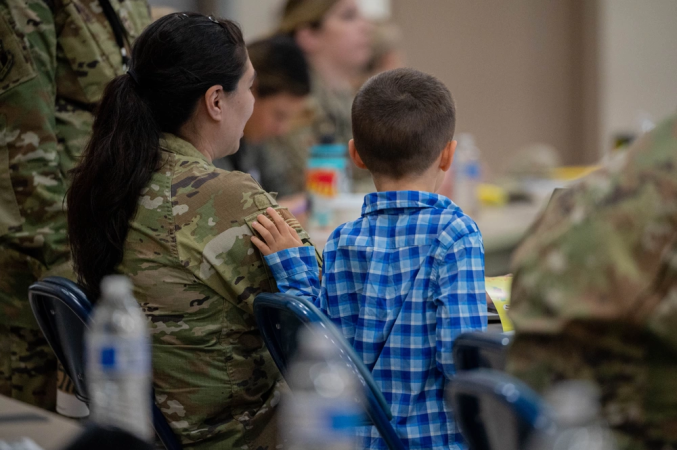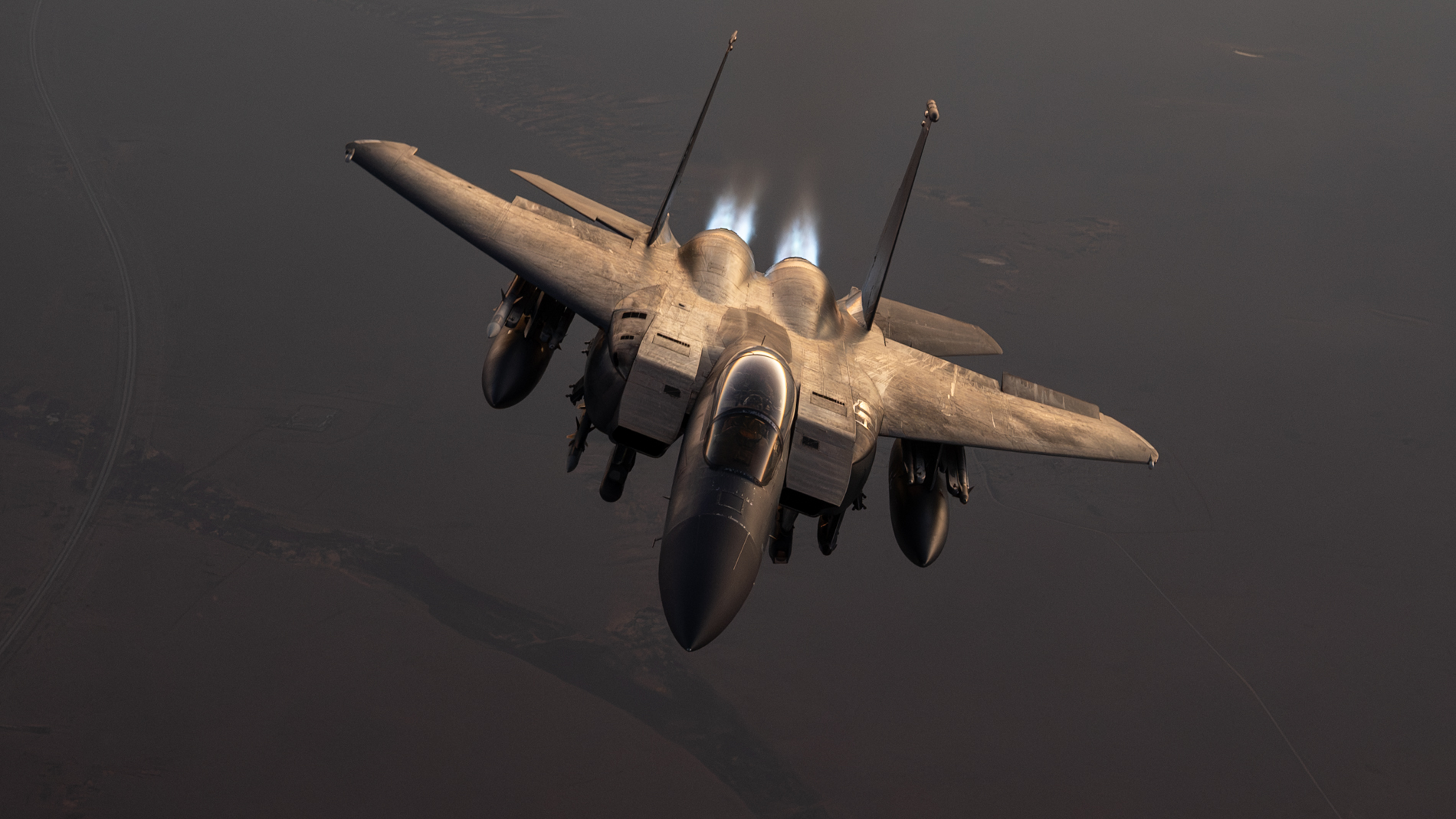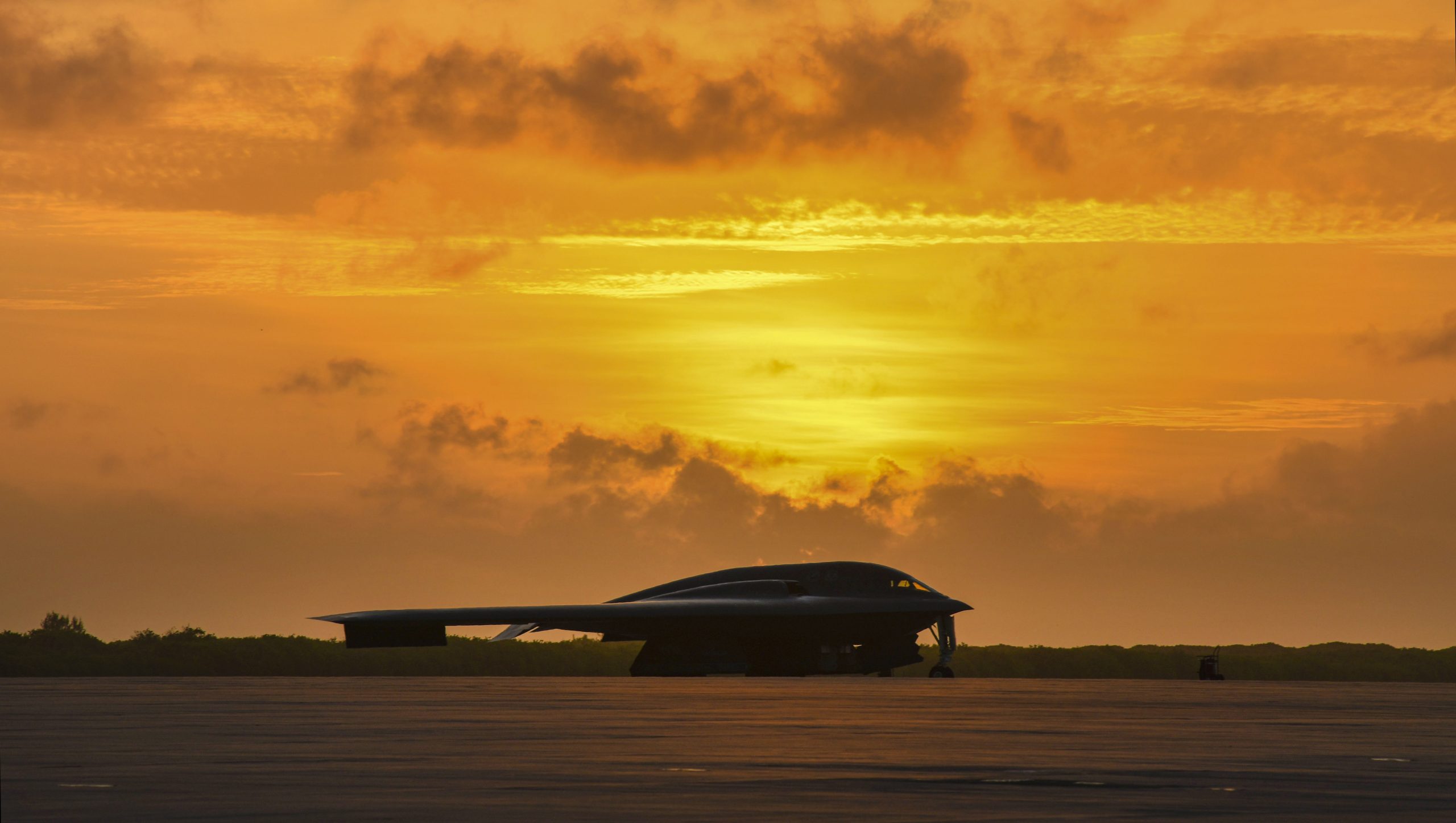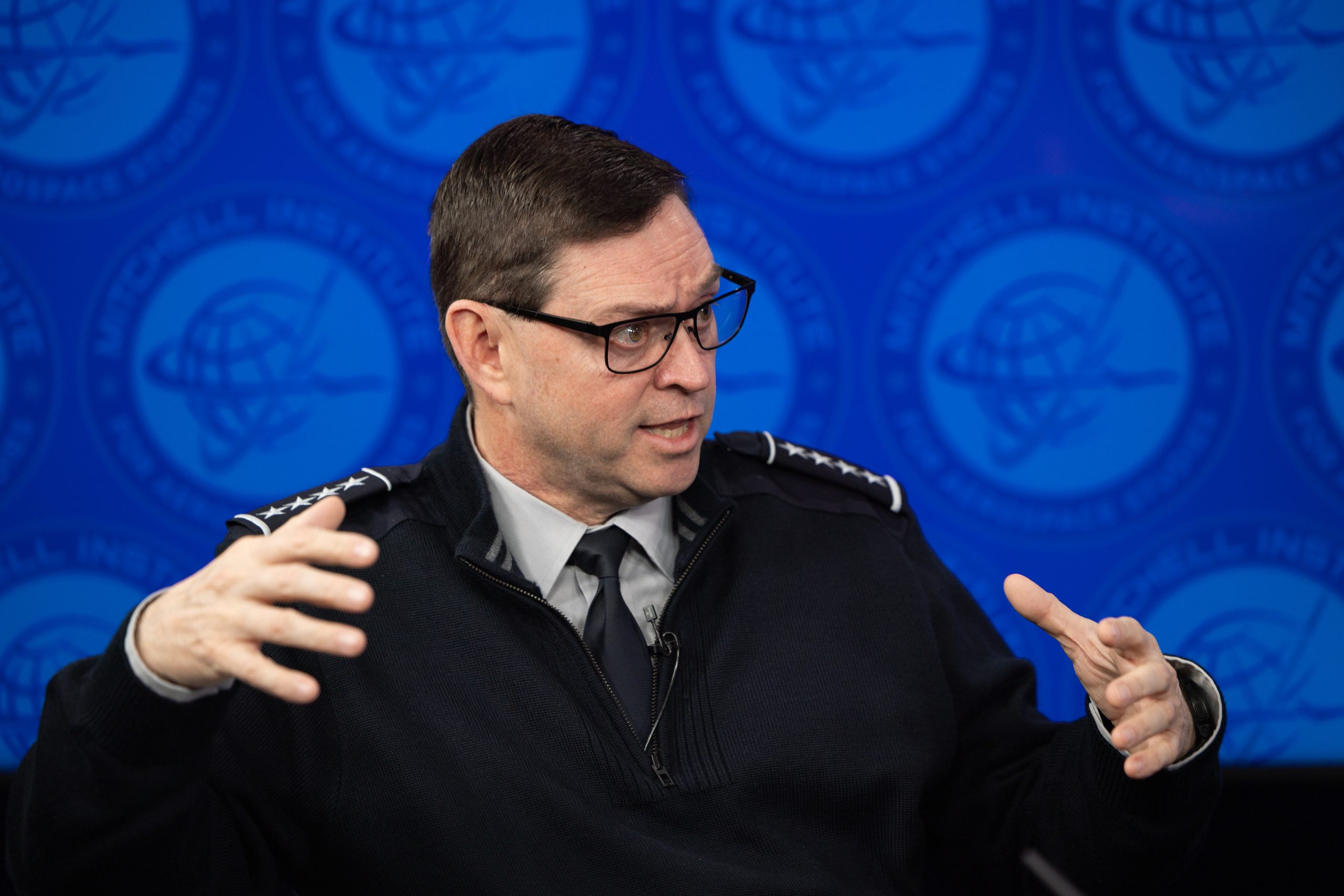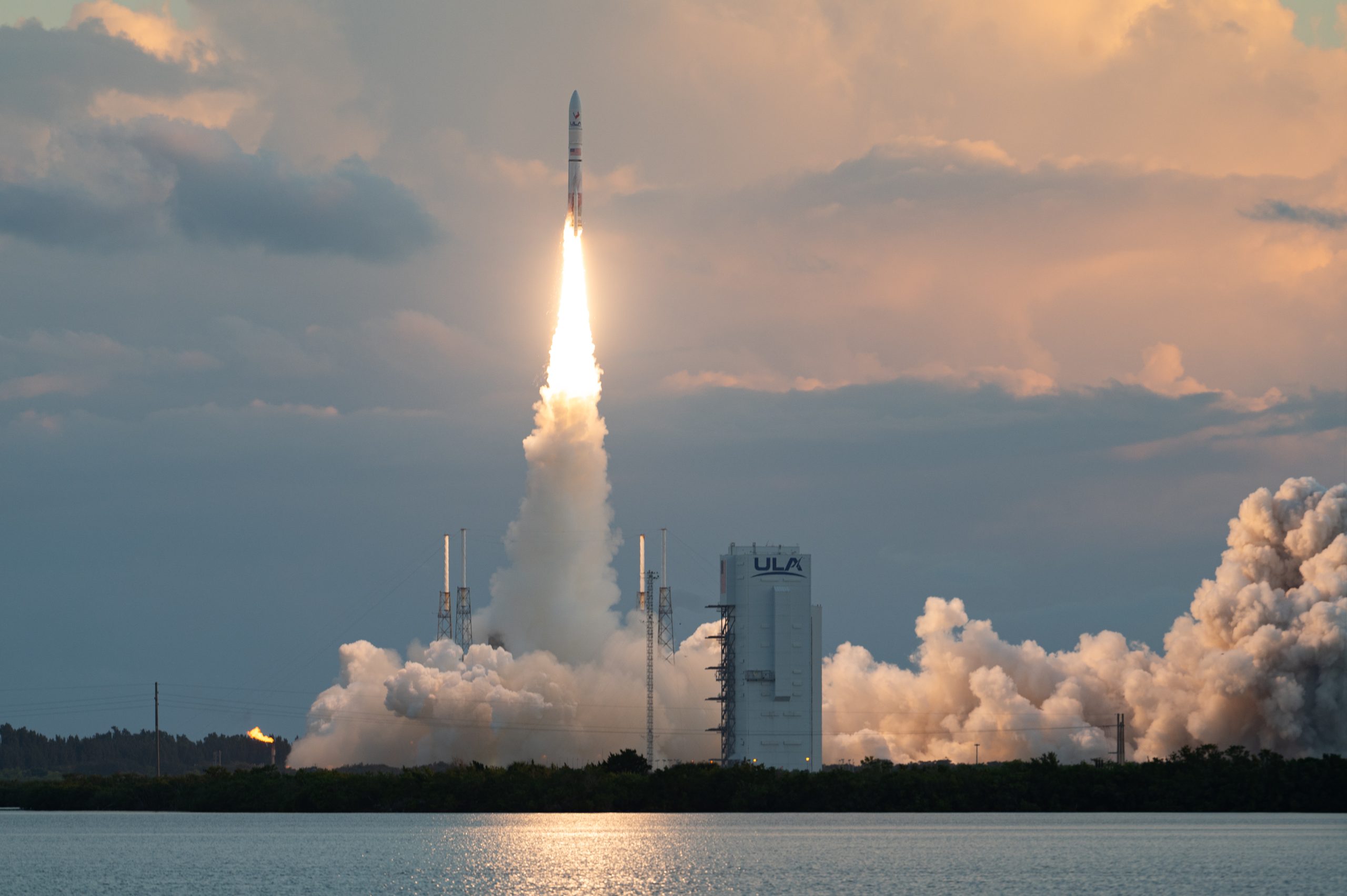To make the best use of the technological advantage offered by America’s economy, the U.S. military doesn’t need squadrons of coders writing programs—it needs a “software literate” workforce that knows the right questions to ask of technology contractors, according to a new report from a blue ribbon commission of current and former government officials and technology executives.
The final report of the Commission on Software-Defined Warfare also recommends that the Department of Defense’s Chief Digital and Artificial Intelligence Office (CDAO) establish an “enterprise data repository” to collate all the data collected by the different military services and agencies and assemble it into sets “readily usable for analysis and refinement for AI training, functional, and operational pipelines.”
Reform of the DOD’s test and evaluation procedures was also among the report’s nine recommendations, commission members said during a launch event March 27.
There was a palpable sense of excitement among commission members at the window of opportunity offered by the new administration, along with an urgency to meet the threat of a rising China.
“Defense tech is the new crypto,” said commission member Tyler Sweatt, CEO of defense tech start-up Second Front. “Everyone wants to get in.”
Although the U.S. remains the most innovative economy of the world, its adversaries may soon outpace America in terms of how quickly they adopt advanced technology, warned commission co-chair and former Defense Secretary Mark Esper. “If we don’t quickly pivot to a new way of acquiring commercial software much more quickly than we do today, we will lose our preeminence,” he said.
As an example, he cited “In Ukraine, the Ukrainians see something happen on the battlefield with the drones they’re making, and they reprogram them. They rewrite the software overnight to adapt to the threat, to defeat it.”
America’s adversaries were watching and learning, he said. “So that is the speed at which we need to be operating.”
Workforce issues will be a key determinant of success in that competition with China, said Tate Nurkin, an Atlantic Council senior fellow and report co-author.
“We need people who are trilingual,” he told Air & Space Forces Magazine after the event. “They need to speak software” to understand the language of coders; but they also have to understand the needs of warfighters in the field and the rules that govern DOD acquisition. “There’s not a huge supply of people with all of those skills,” Nurkin said, and the need was “very urgent.” People with one of them could be quickly trained in the basics of the other two, he said.
Software literate didn’t mean able to code, said Sweatt. “It means knowing the right questions to ask, understanding what the limitations [of a software package] are, the inputs, outputs and dependencies, without needing necessarily to be able to understand the bits and bytes, the 1s and 0s.”
The new administration understands the urgency, commission members said. Several cited a March 6 memo from Defense Secretary Pete Hegseth, titled “Directing Modern Software Acquisition to Maximize Lethality.”
It directs “all DOD Components to adopt the Software Acquisition Pathway (SWP),” a new way for planning and executing the department’s software purchases that avoids the clunky and often yearslong traditional process of identifying requirements. It also orders senior military leaders to use new acquisition powers granted by Congress, such as Other Transaction Authorities (OTAs) and Commercial Solutions Openings (CSOs) “as the default solicitation and award approaches for acquiring capabilities under the SWP.”
The memo is a “really positive step in the right direction,” director of the Atlantic Council’s Forward Defense program Clementine Starling-Daniels told Air & Space Forces Magazine after the launch event.
“The secretary is incredibly serious about bringing cultural change to the department, to change the mindset,” she said. If he succeeds, it will be a “game-changer,” she added.
Report co-author Pete Modigliani was a little more cautious, noting that the software acquisition pathway has been around for several years now. “We have about 2,000 acquisition programs, about 85 of them are in the software pathway. … There’s a lot of work still to do to change the culture, the processes,” he said.
As an example, he pointed out that Chapter 10, Section 3453 of the U.S. code, “is the statute that says you have to have a preference for [buying] commercial products and services. The department violates that law daily. ‘We’re special, we’re different. We’ve got to buy customized. We’ve got to spend years developing some one-off solution.’”
Commission member Whitney McNamara warned against unrealistic expectations: “We’re not the first software commission. We’re probably not the fifth software commission,” she said, adding that the commission was “standing on the shoulders of giants,” and leveraging prior studies and recommendations.
She said, in selecting their recommendations, the commission members “thought a lot about what’s actionable, what’s realistic, but also what’s going to move the needle.”
For instance, their call for reform of operational test and evaluation procedures would break through a big logjam which held up software deployment. “There’s a bias to live testing,” she said, which didn’t work for software.
“Renting a field and going out to determine if a drone is behaving as you expect—if it doesn’t, the field doesn’t tell you why, and so it isn’t a productive way to rapidly test and validate capabilities.”
The report “re-emphasizes the need to reinvest in a digital infrastructure that allows us to quickly verify and validate some of these software based capabilities,” she said.
In general, she said, the commission steered away from “thinking that we could throw money at some of these problems,” and had “a sort of unwritten rule … no new organizations. We don’t necessarily believe a new box on the org chart is going to move the needle.”
